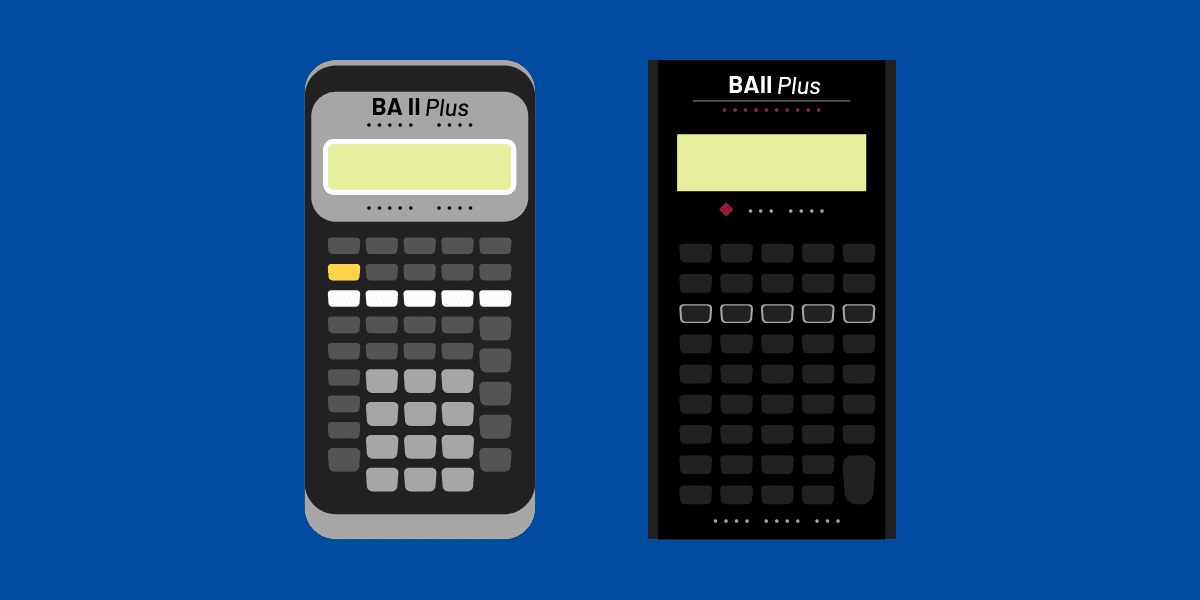

A related quantity is the statistical power this is the probability of identifying an exact difference between 2 groups in the study samples when one genuinely exists in the populations from which the samples were drawn. The confidence interval indicates the likely range of values for the true effect in the population while the P value determines the how likely that the observed effect in the sample is due to chance. Accordingly, an investigator can control the study power by adjusting the sample size and vice versa.Ī clinical study will be expressed in terms of an estimate of effect, appropriate confidence interval, and P value. Power proportionately increases as the sample size for study increases. Large values of power are desirable, at least 80%, is desirable given the available resources and ethical considerations.

Mean, proportion, odds, correlation co-efficient etc.) does not statistically differ between study groups in the underlying population. Power is the probability of correctly rejecting the null hypothesis that sample estimates (e.g. Thus, a fundamental step in the design of clinical research is the computation of power and sample size. Since an ill-designed experiment exposes the subjects to potentially harmful treatments without advancing knowledge. In an experiment involving human or animal subjects, sample size is a critical ethical issue. In addition, sample size is important for economic reasons: An under-sized study can be a waste of resources since it may not produce useful results while an over-sized study uses more resources than necessary. Same time, It is important that the study sample should not be ‘too big’ where an effect of little scientific importance is nevertheless statistically detectable. Sample must be ‘big enough’ such that the effect of expected magnitude of scientific significance, to be also statistically significant. Based on these factors, the study must have an adequate sample size, relative to the goals and the possible variabilities of the study. The study design must be clear and the procedures are defined to the best possible and available methodology. Meticulously, one has to define the inclusion and exclusion criteria, which should take care of all possible variables which could influence the observations and the units which are measured. Second step is to define the experimental or observational units and the appropriate subjects and controls. First step is to define the problem and it should be operational. The planning of a good research has many aspects. They need to be carefully planned to achieve the objective of the study. Suppose that a portfolio manager wants to evaluate a portfolio’s performance over ten years.Clinical research studies can be classified into surveys, experiments, observational studies etc. This measure banishes the distorting effects on rates of growth created by money inflows and outflows, making it suitable for comparing the returns of investment managers. In simple words, the returns for each interval of time are multiplied by each other. The time-weighted rate of return, also called the geometric mean return, is a measure of the compound growth rate of a portfolio. Average Rates of Return Time-Weighted Rate of Return In this chapter, we will delve into the measurement of portfolio returns, risk adjustments, and challenges arising from changes in the risk characteristics of portfolios. Markets are considered efficient if investors can measure the performance of their asset managers.

After completing this reading, you should be able to:


 0 kommentar(er)
0 kommentar(er)
